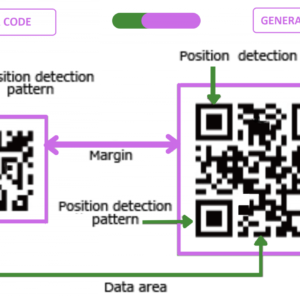Threading = Allows a program to run multiple task simultaneously Helps improve performance with time-consuming operations (File I/O network communication , or any background task)
How to create a Thread
Option 1: Extends the Thread class (Simpler)
Option 2: Implement the Runnable interface (better)
Understanding Threading in Java: A Guide to Running Multiple Tasks Simultaneously
In modern software development, efficiency and performance are key considerations. One way to enhance performance is through threading, which allows a program to run multiple tasks simultaneously. This is particularly useful for time-consuming operations such as file I/O, network communication, or any background tasks that might otherwise slow down the main execution flow.
What is Threading?
Threading enables concurrent execution of multiple parts of a program, making it more responsive and efficient. For instance, in a GUI-based application, threading ensures that the interface remains responsive even when executing intensive computations or network operations.
Benefits of Threading
- Improved performance: Tasks run concurrently instead of sequentially.
- Better resource utilization: Efficient use of CPU and memory.
- Responsive applications: Prevents UI freezing and lag.
- Efficient multitasking: Enables execution of multiple background tasks.
How to Create a Thread in Java
Java provides two primary ways to create a thread:
Option 1: Extending the Thread Class (Simpler Approach)
This method involves extending the Thread class and overriding its run() method.
Example:
class MyThread extends Thread {
public void run() {
System.out.println("Thread is running...");
}
}
public class ThreadExample {
public static void main(String[] args) {
MyThread thread = new MyThread();
thread.start(); // Starts the thread execution
}
}
Pros:
- Simple to implement.
- Easy to understand for beginners.
Cons:
- Java does not support multiple inheritance, so extending
Threadmeans you cannot extend any other class.
Option 2: Implementing the Runnable Interface (Better Approach)
A more flexible and recommended way to create a thread is by implementing the Runnable interface.
Example:
class MyRunnable implements Runnable {
public void run() {
System.out.println("Thread is running...");
}
}
public class RunnableExample {
public static void main(String[] args) {
Thread thread = new Thread(new MyRunnable());
thread.start(); // Starts the thread execution
}
}
Pros:
- Allows extending another class alongside implementing
Runnable. - More flexible and preferred in real-world applications.
Cons:
- Slightly more complex than extending the
Threadclass.
Print A Table using using with Thread.sleep


Which One Should You Use?
- If your class does not need to extend another class, extending
Threadis a simple way to create a thread. - If your class needs to extend another class, implementing
Runnableis a better approach because Java supports only single inheritance.
Conclusion
Threading is a powerful concept in Java that enhances application performance by executing multiple tasks simultaneously. Choosing between extending Thread and implementing Runnable depends on your application’s requirements, with Runnable generally being the preferred approach due to its flexibility. Mastering threading concepts will help you develop efficient, high-performance Java applications that handle multiple tasks with ease.






